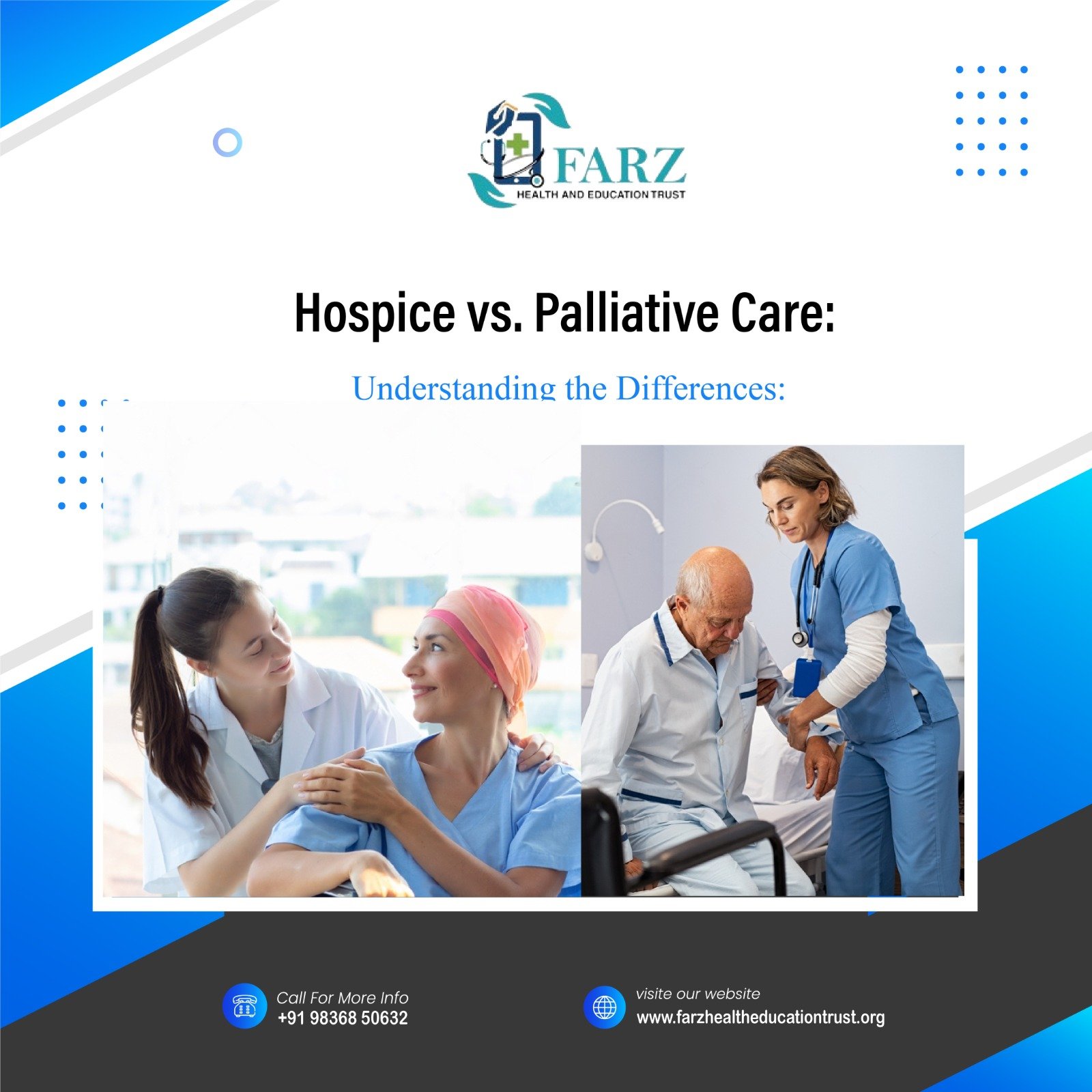
Hospice and palliative care are similar, but they differ significantly in a few important ways. The patient’s requirements and quality of life are the main priorities of both hospice and palliative care. Palliative care is centered on preserving the best possible quality of life while attending to medical requirements and other obligations. Particularly, hospice care concentrates on the final stages of life. Making the right care decision might be aided by understanding the particular distinctions between palliative vs. hospice care. The type of care you receive can be adjusted if your health changes.
Benefits of eICU for patient care
What is Hospice Care?
Hospice care is a specialized form of care designed for patients who are nearing the end of life, typically with a prognosis of six months or less to live. The primary focus of hospice care is to provide comfort, pain management, and emotional support, rather than curative treatment. Key aspects of hospice care include:
- Eligibility: Hospice care is intended for patients who have chosen to forego curative treatments in favor of comfort care.
- Setting: Hospice care can be provided in various settings, including the patient’s home, hospice centers, hospitals, and nursing homes.
- Interdisciplinary Team: Care is delivered by a team of healthcare professionals, including doctors, nurses, social workers, chaplains, and trained volunteers.
- Services Provided: Hospice care includes pain and symptom management, emotional and spiritual support, assistance with daily activities, and support for the patient’s family.
- Philosophy: The emphasis is on enhancing the quality of life, ensuring dignity, and providing support to both the patient and their loved ones.
What is Palliative Care?
Palliative care is a broader approach to care that focuses on improving the quality of life for patients with serious, chronic, or life-threatening illnesses, regardless of the stage of the disease or the need for other therapies. Key aspects of palliative care include:
- Eligibility: Palliative care is available to patients at any stage of a serious illness and can be provided alongside curative treatments.
- Setting: Palliative care can be provided in hospitals, outpatient clinics, long-term care facilities, and at home.
- Interdisciplinary Team: Like hospice care, palliative care involves a team of healthcare professionals, including doctors, nurses, social workers, and other specialists.
- Services Provided: Palliative care includes pain and symptom management, emotional and psychological support, assistance with medical decision-making, and coordination of care among different healthcare providers.
- Philosophy: The goal is to improve the patient’s quality of life by addressing physical, emotional, social, and spiritual needs, and to support the patient’s family.
Key Differences Between Hospice and Palliative Care
Timing and Eligibility:
- Hospice Care: Especially for those with a terminal disease with a six-month or shorter prognosis; the emphasis is on comfort measures rather than curative ones.
- Palliative Care: Available at any stage of a serious illness, whether the prognosis is terminal or not, and can be provided alongside curative treatments.
Goals of Care:
- Hospice Care: Aims to provide comfort and support during the final stages of life, prioritizing quality of life and symptom relief.
- Palliative Care: Aims to improve quality of life by managing symptoms and providing holistic support, regardless of the stage of the illness or concurrent treatments.
Scope of Services:
- Hospice Care: Comprehensive support for patients and families during end-of-life care, including bereavement services.
- Palliative Care: Broad support for patients with serious illnesses, focusing on symptom management, emotional support, and coordination of care.
Insurance Coverage:
- Hospice Care: Typically covered by Medicare, Medicaid, and most private insurance plans when criteria are met.
- Palliative Care: Coverage varies depending on the patient’s insurance plan, but many services are covered under standard medical benefits.
In summary, while both hospice and palliative care aim to improve the quality of life for patients with serious illnesses, they differ in terms of timing, goals, and the scope of services provided. Understanding these differences helps patients and their families make informed decisions about the type of care that best meets their needs.
